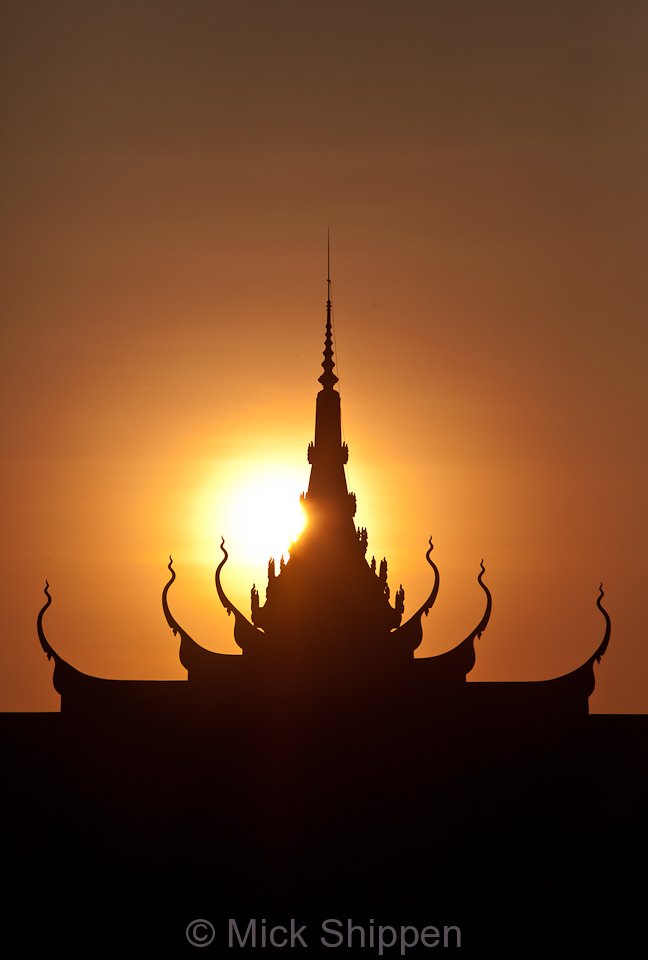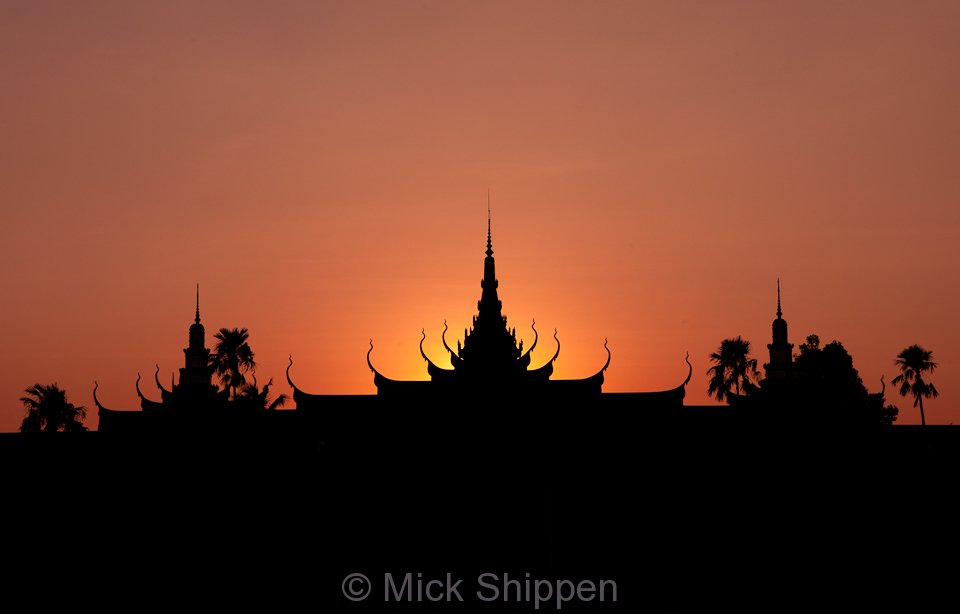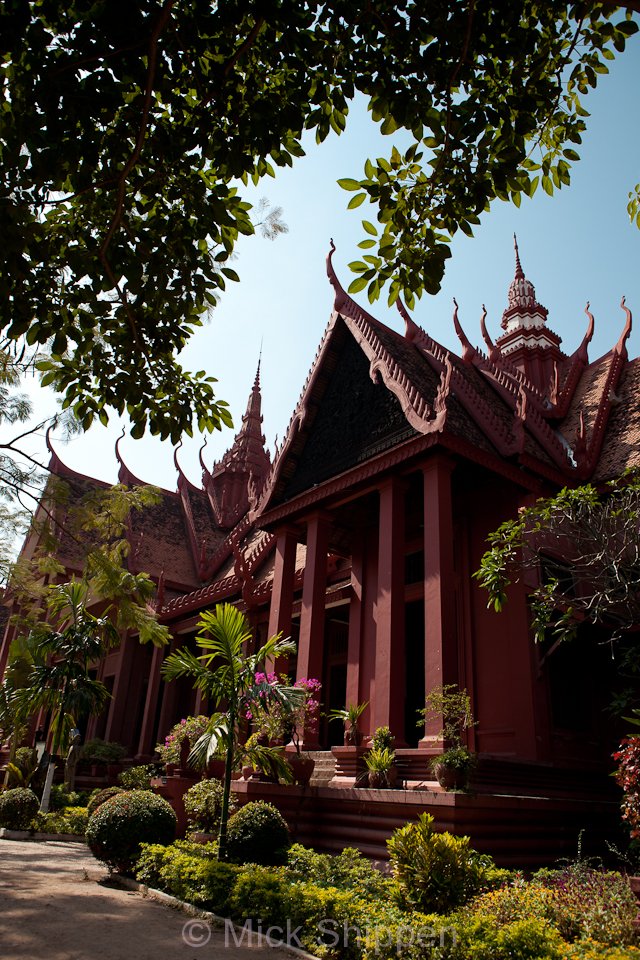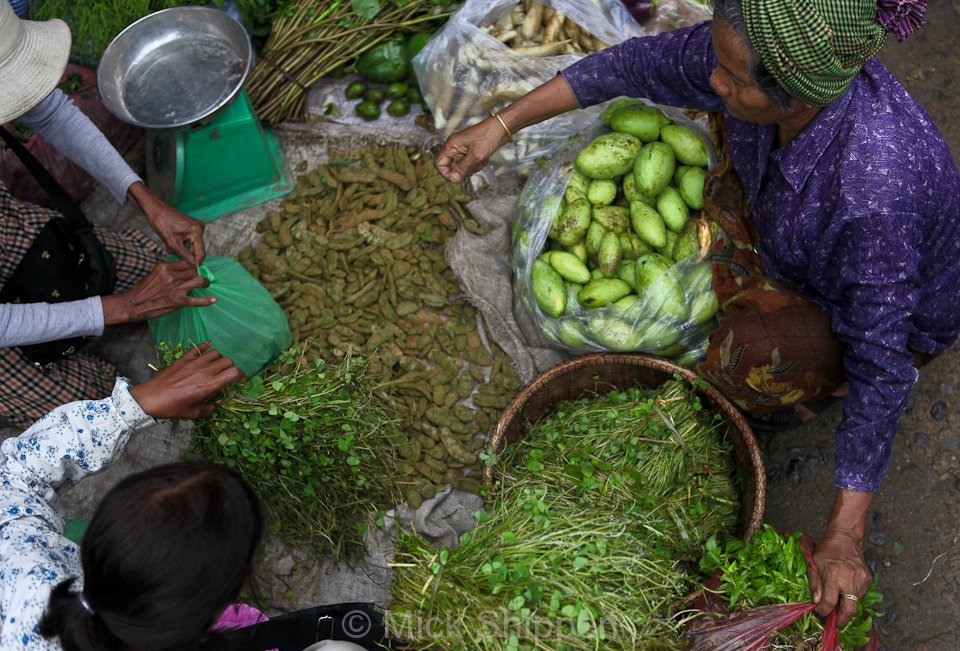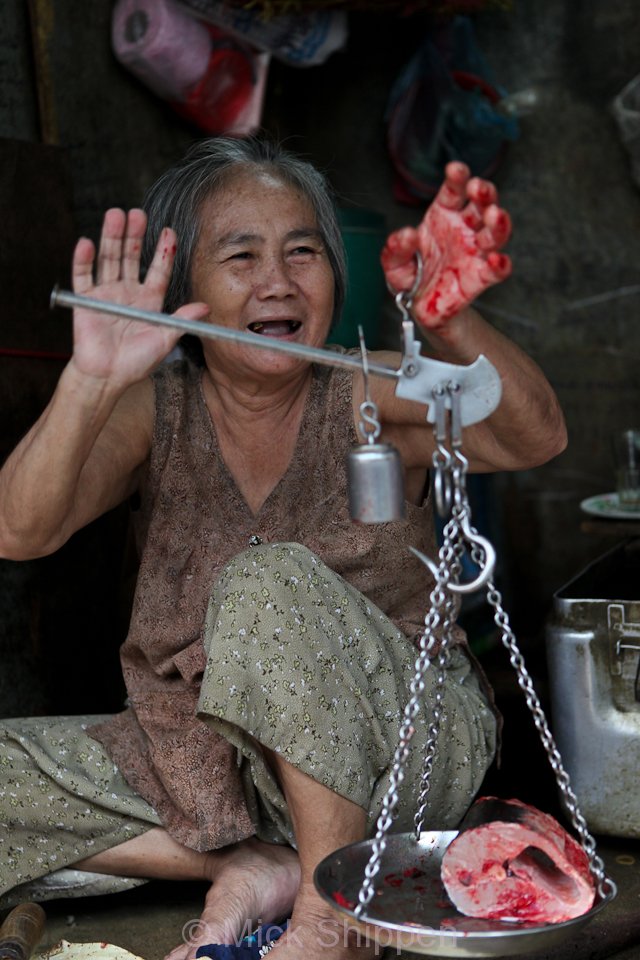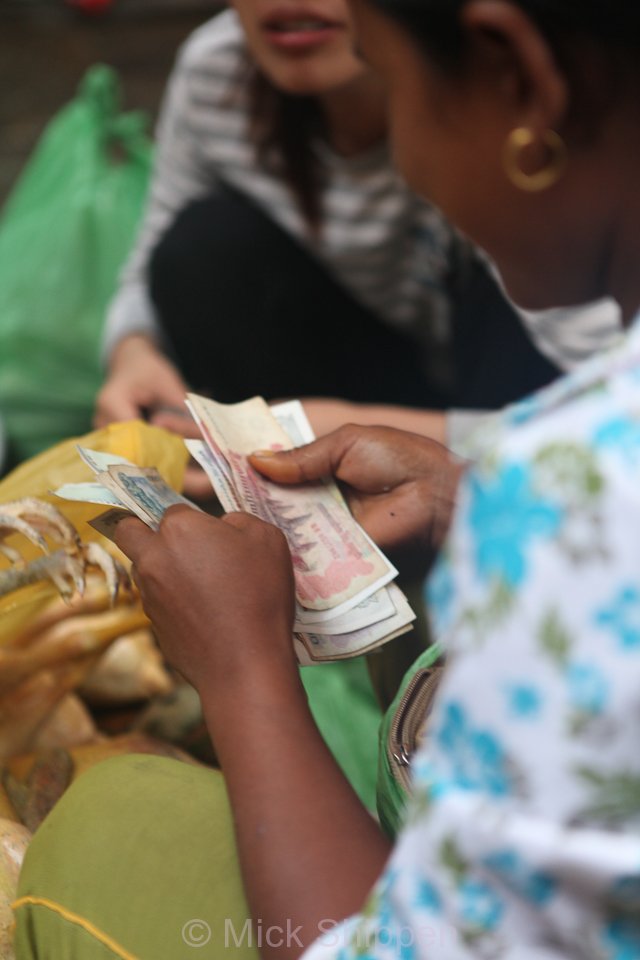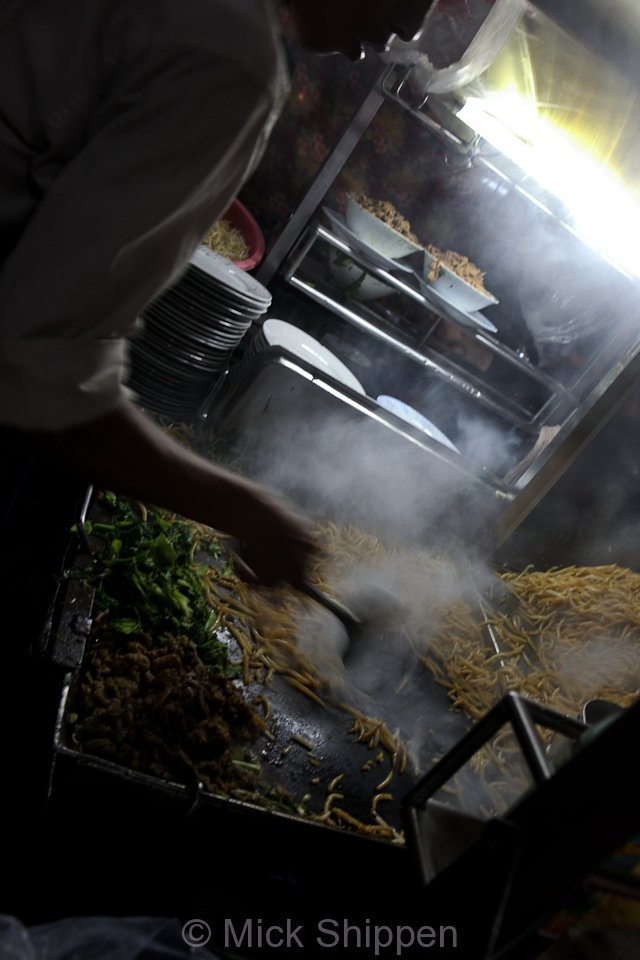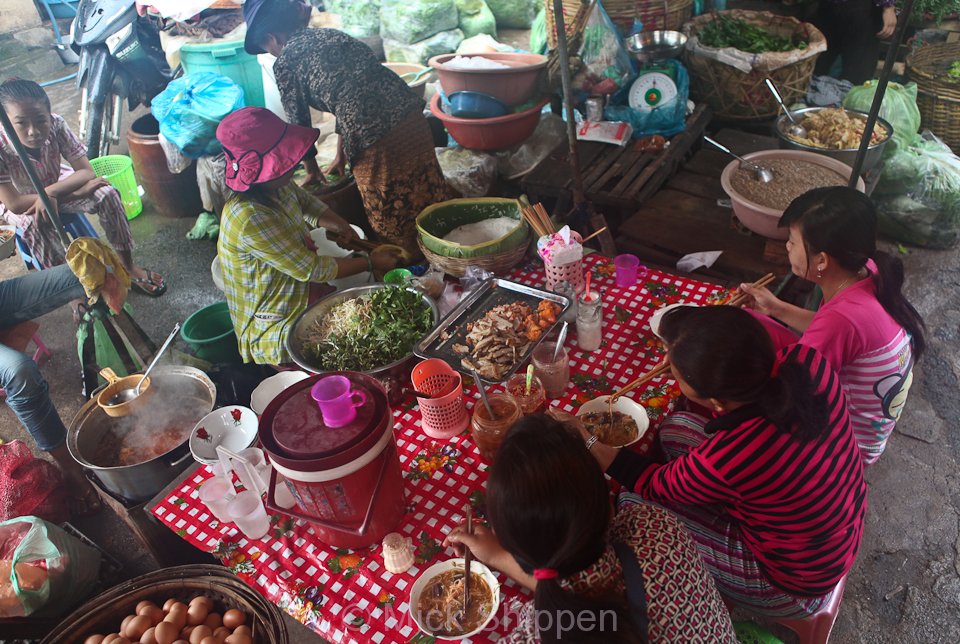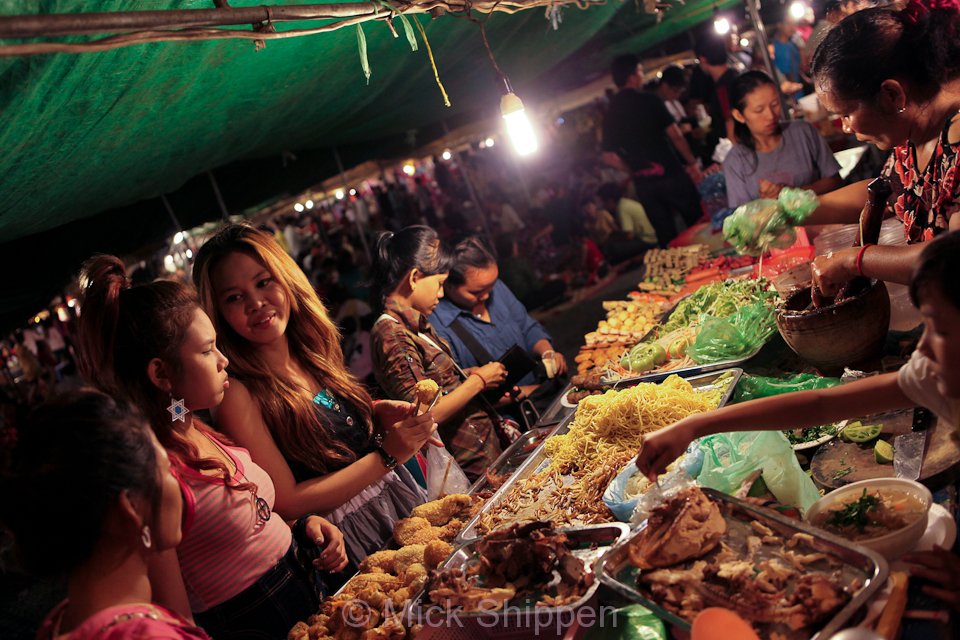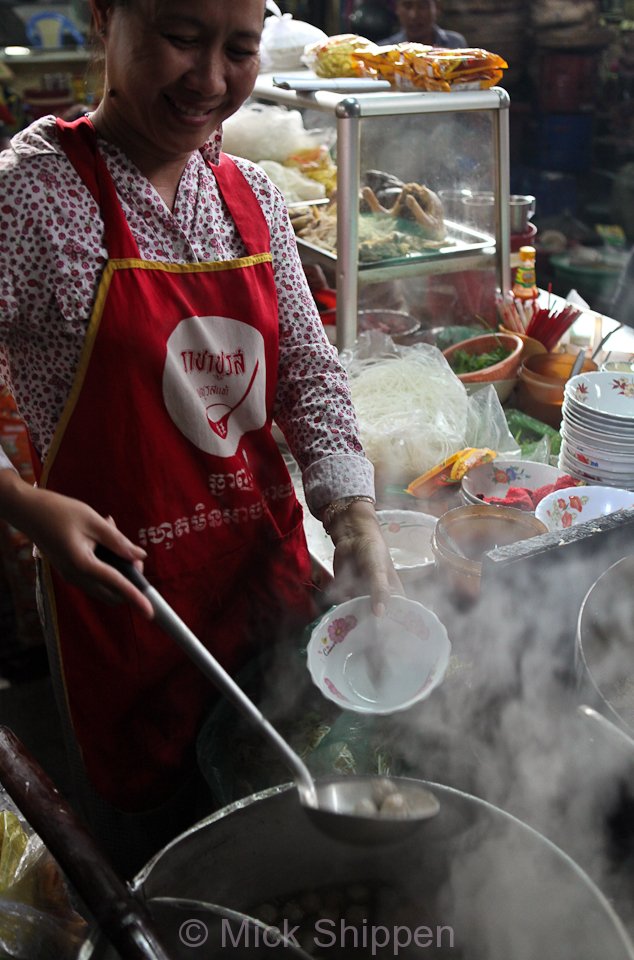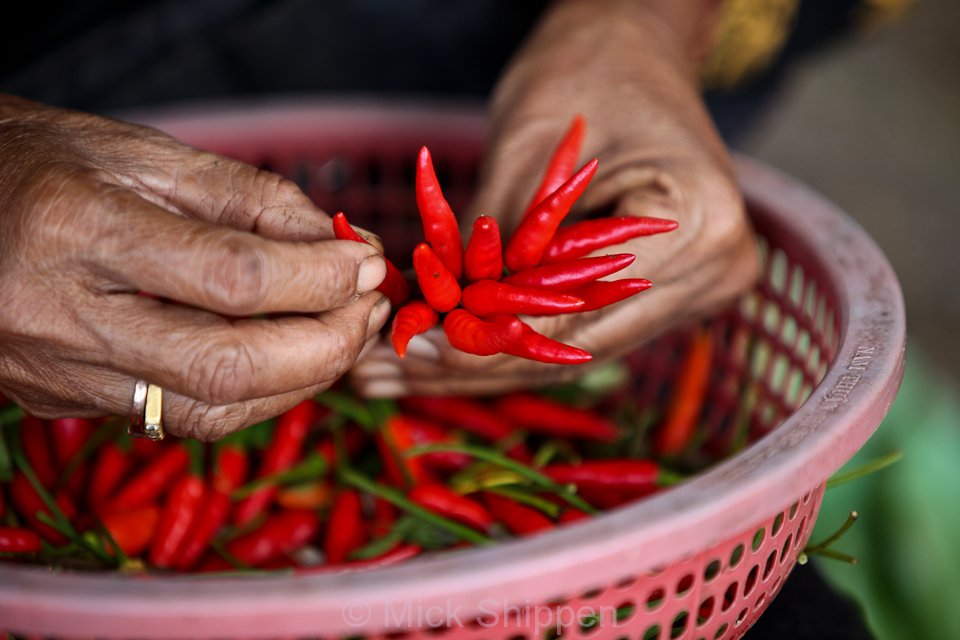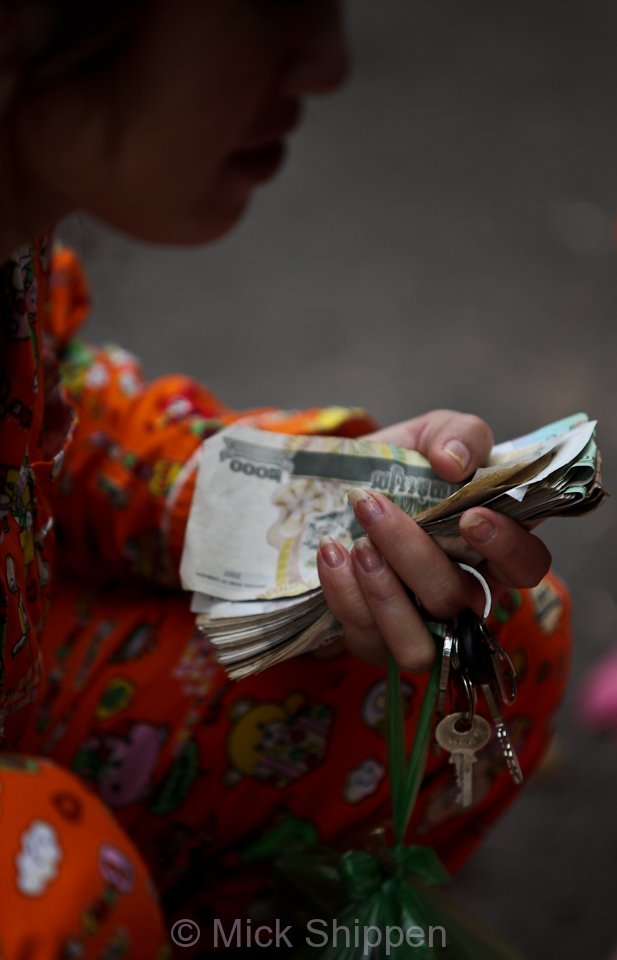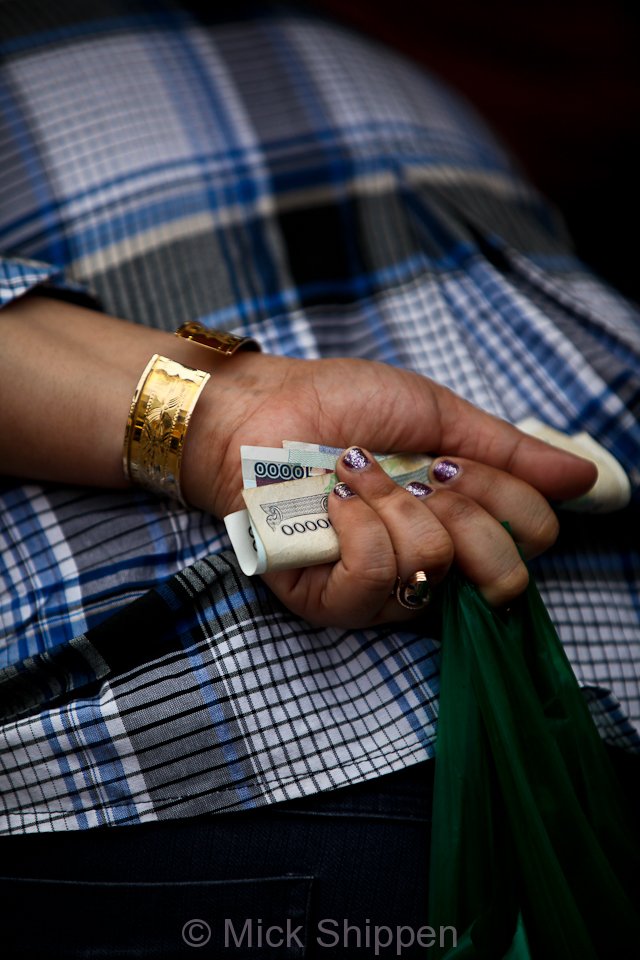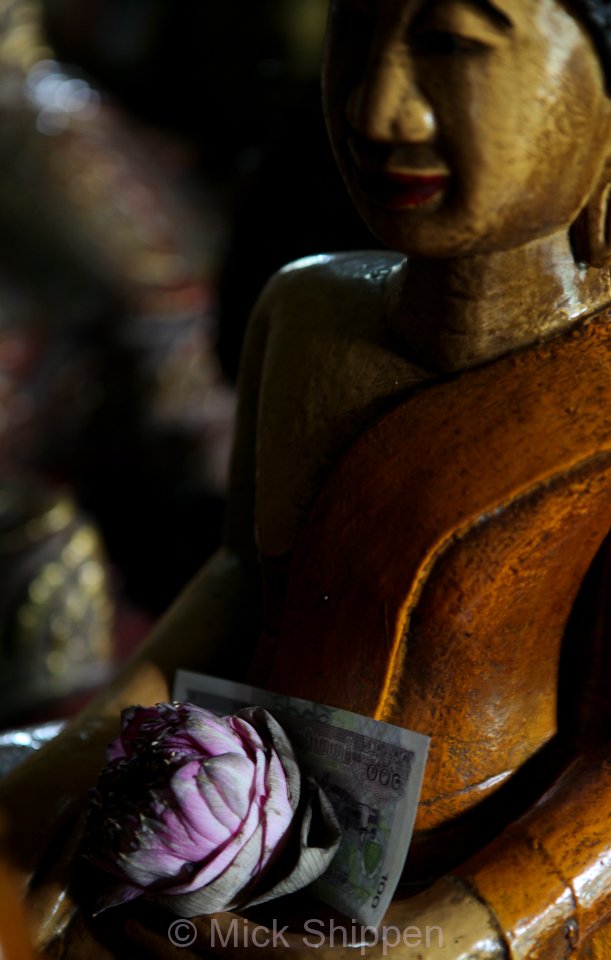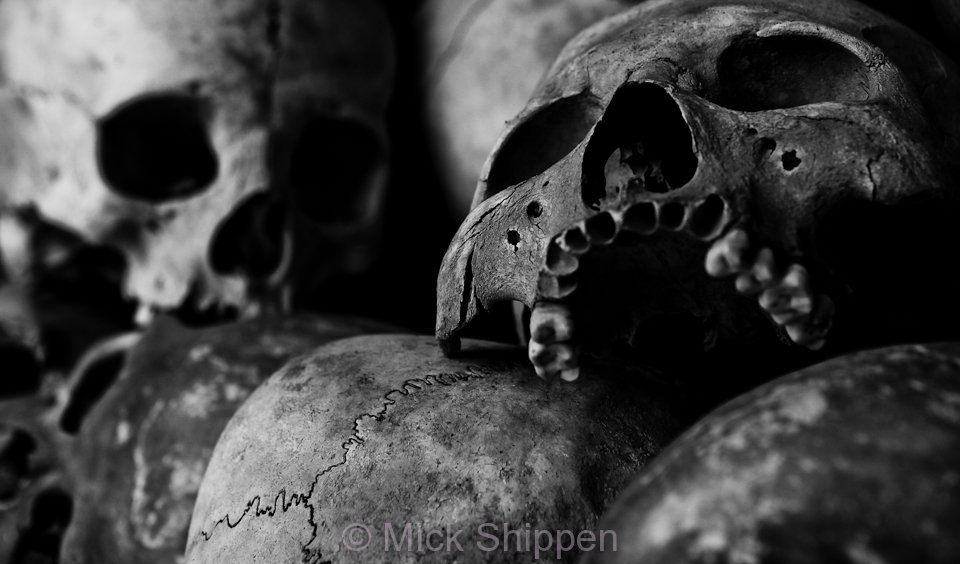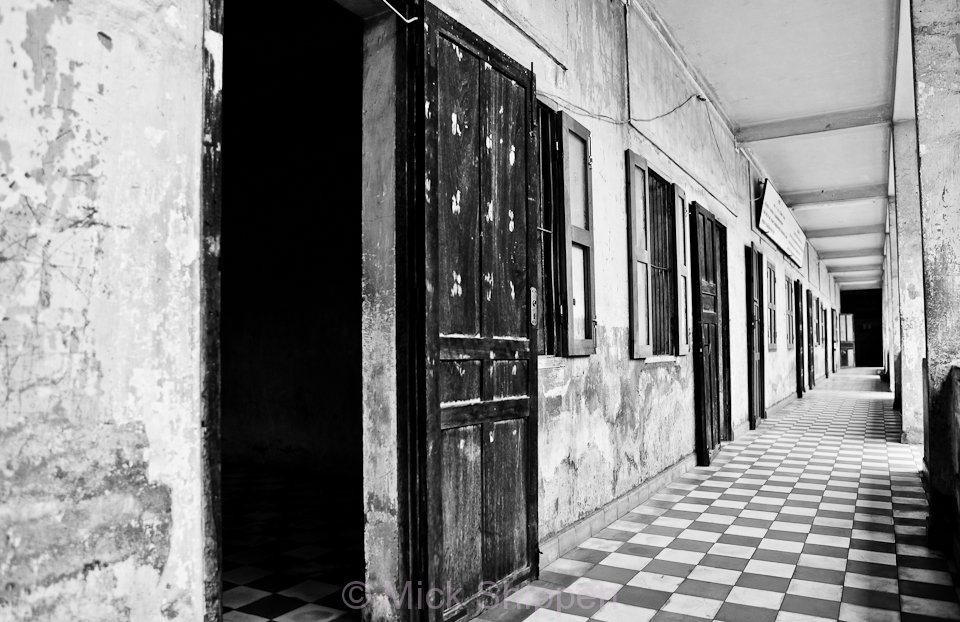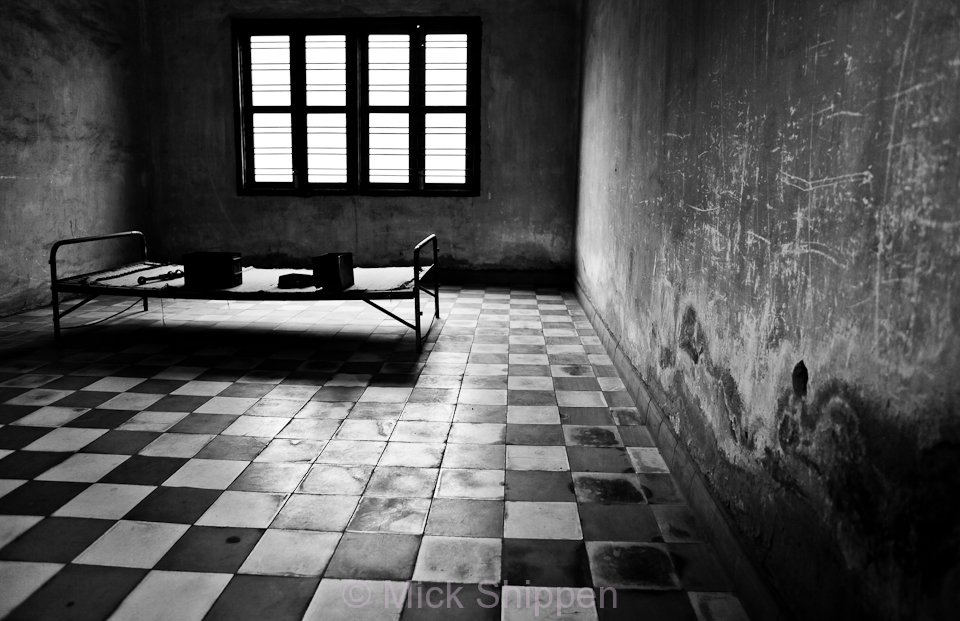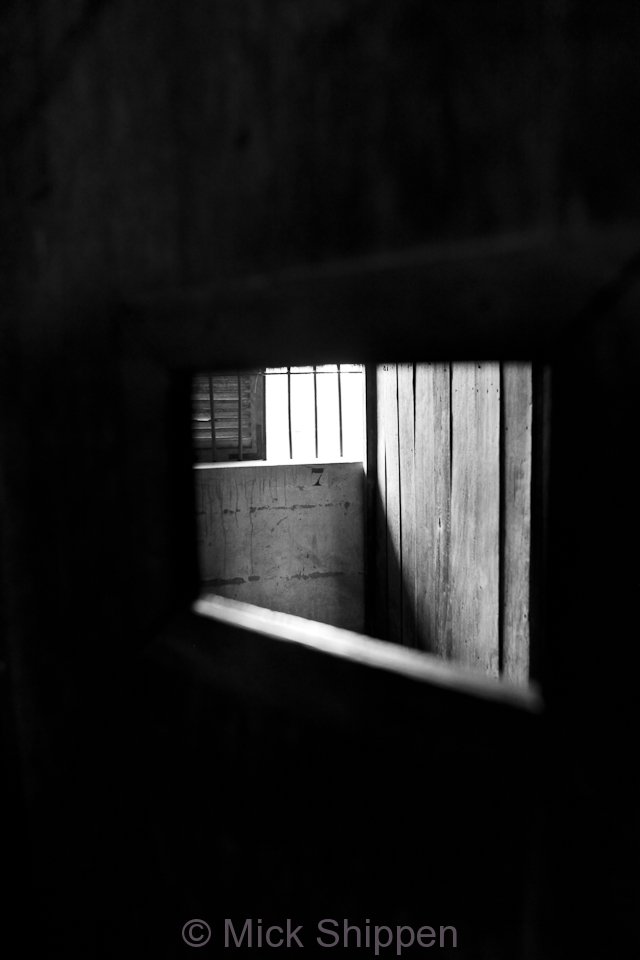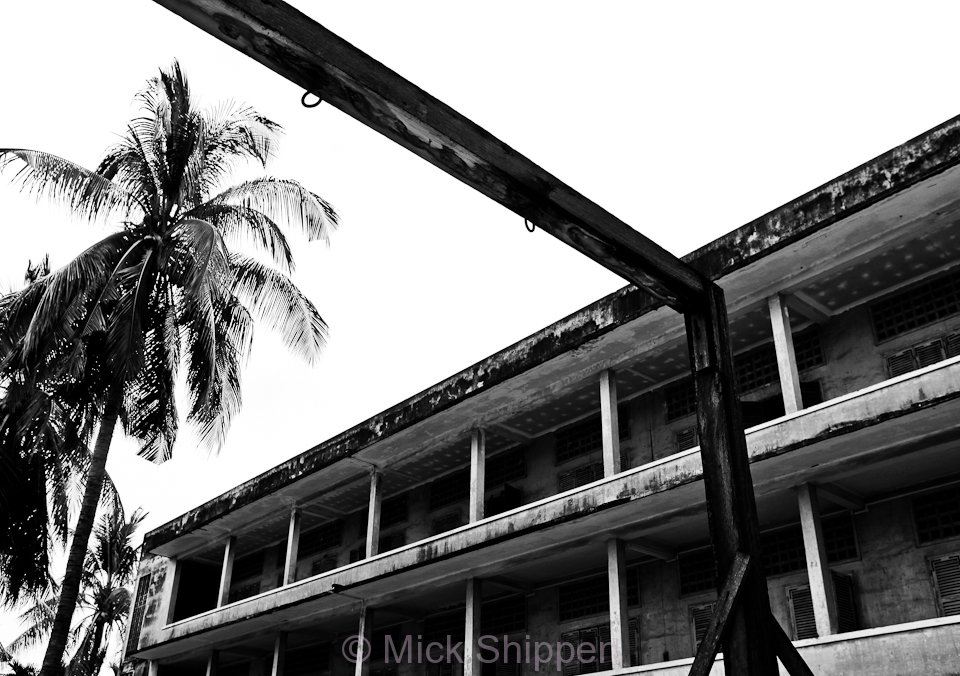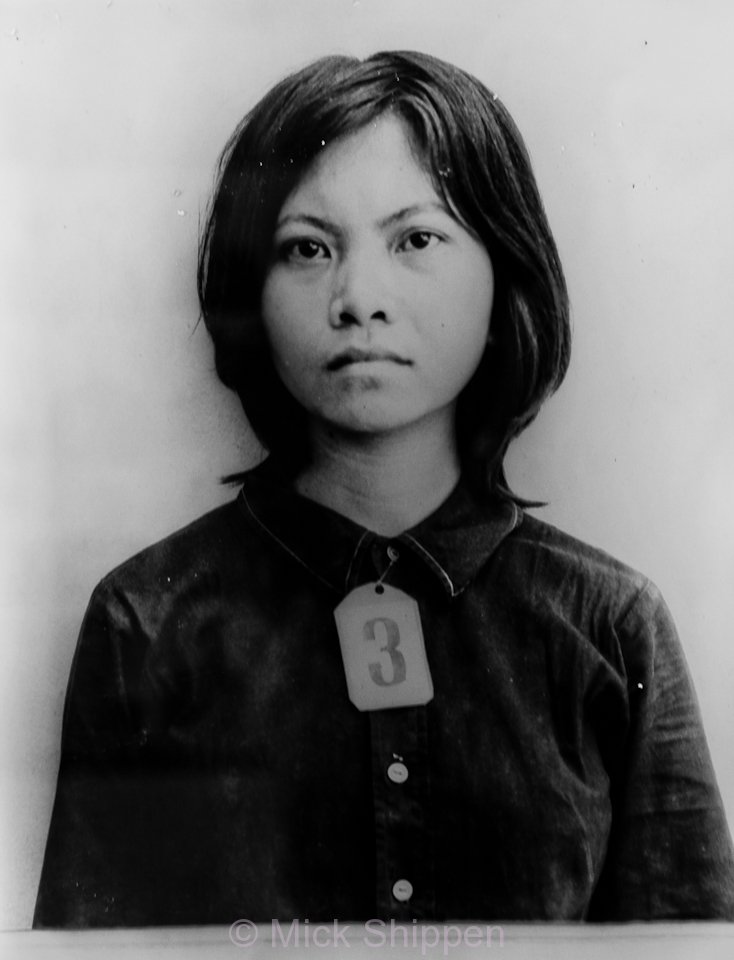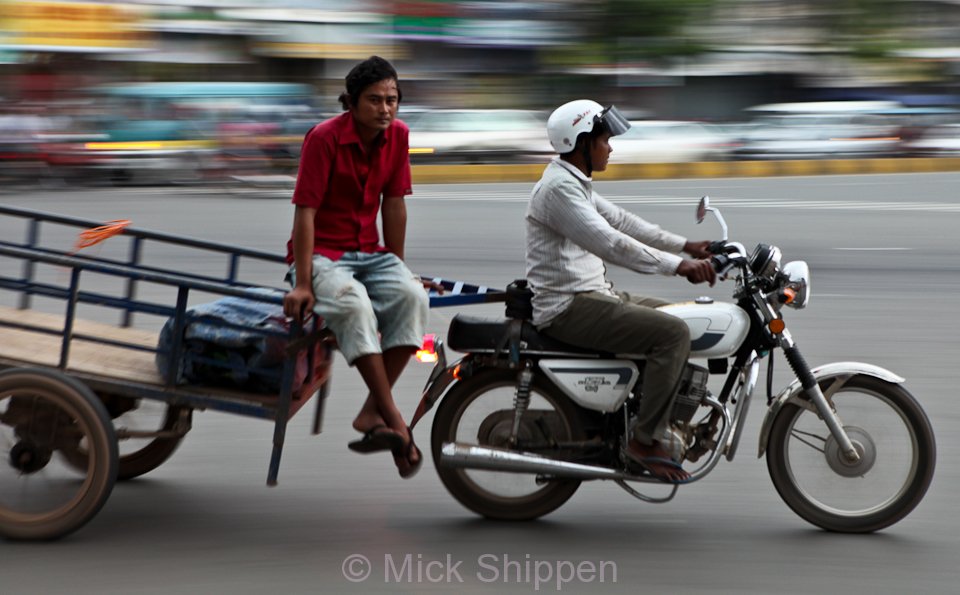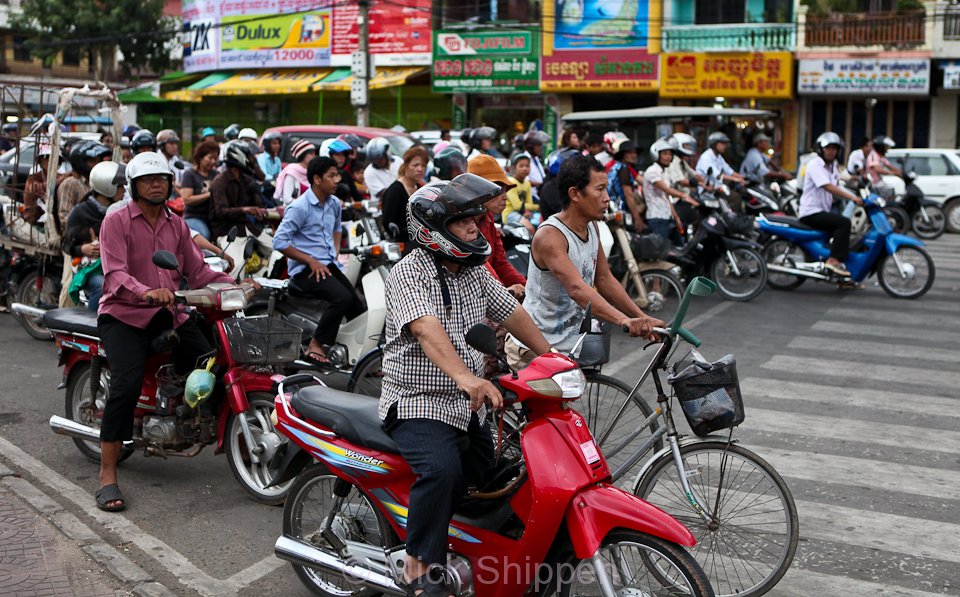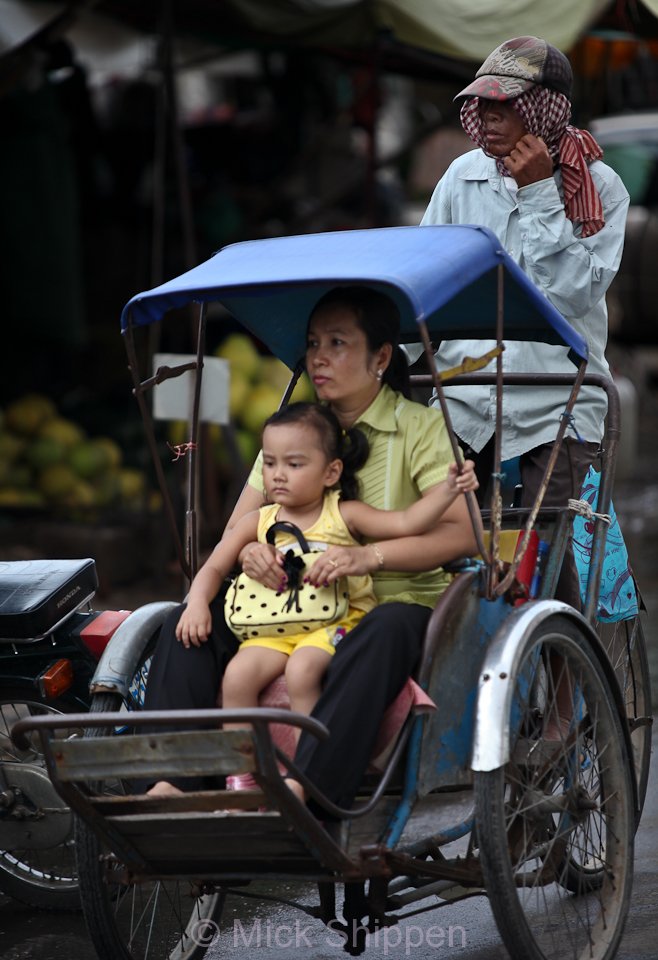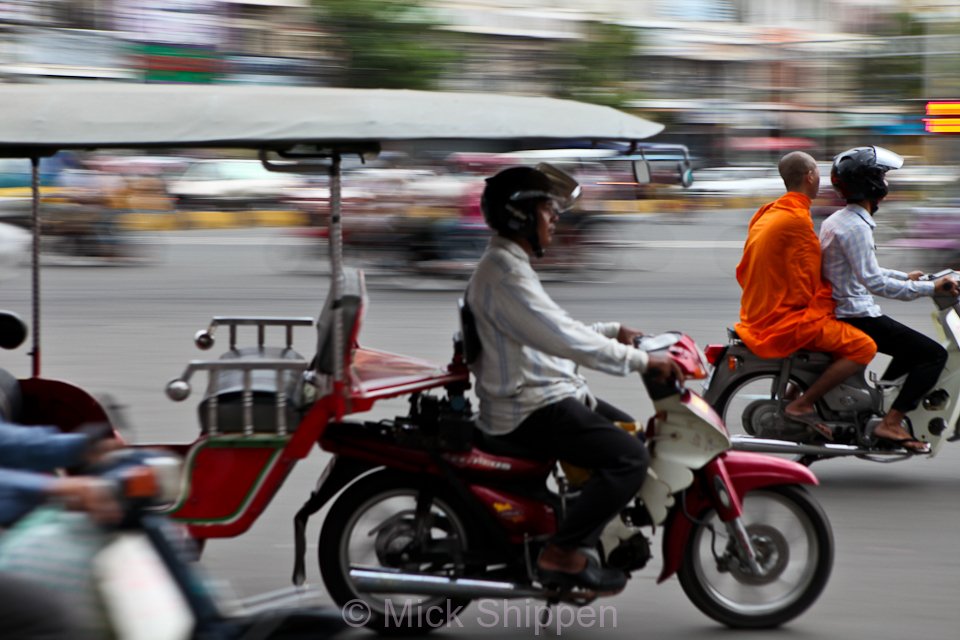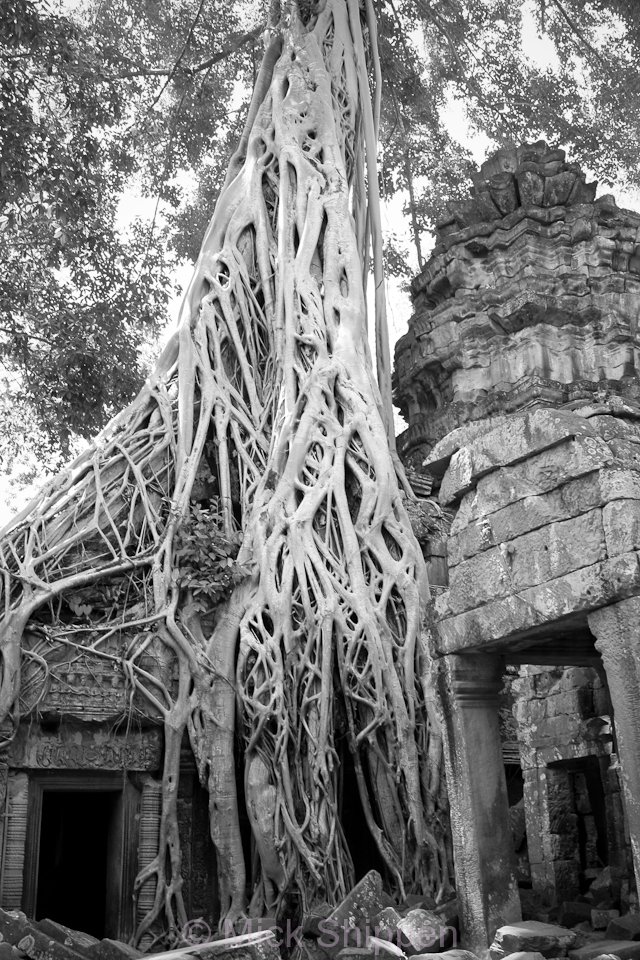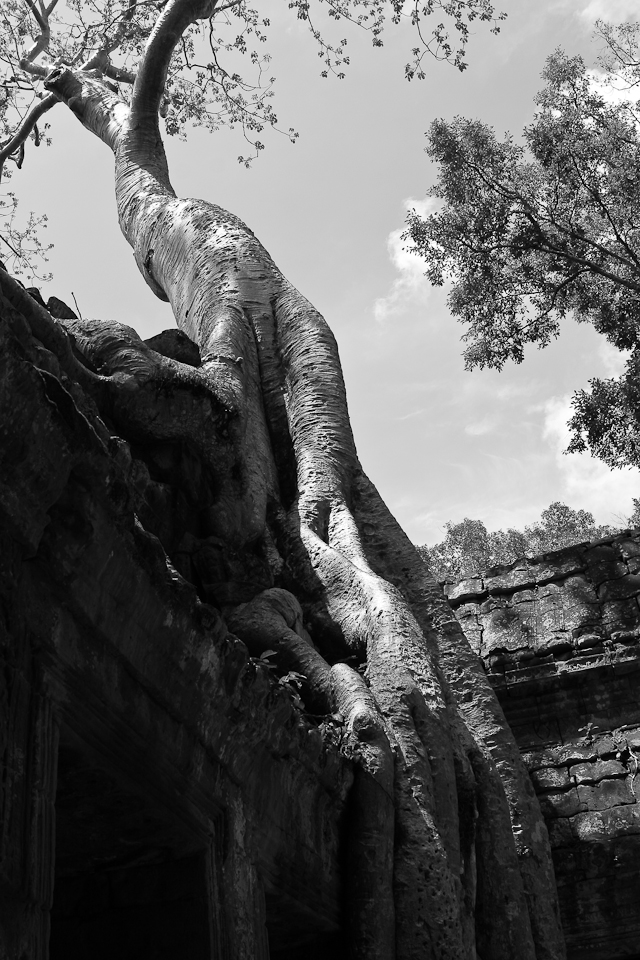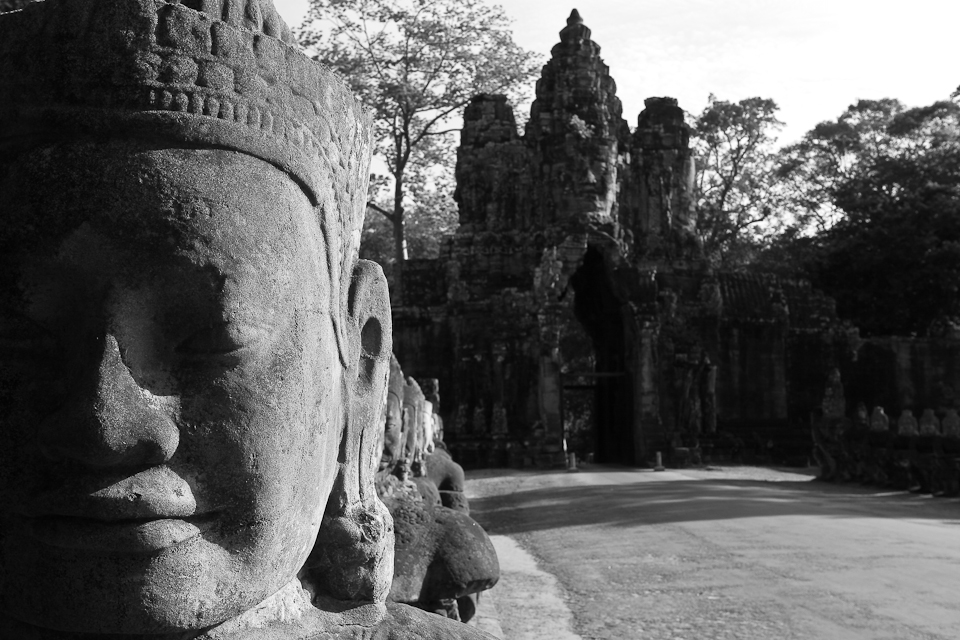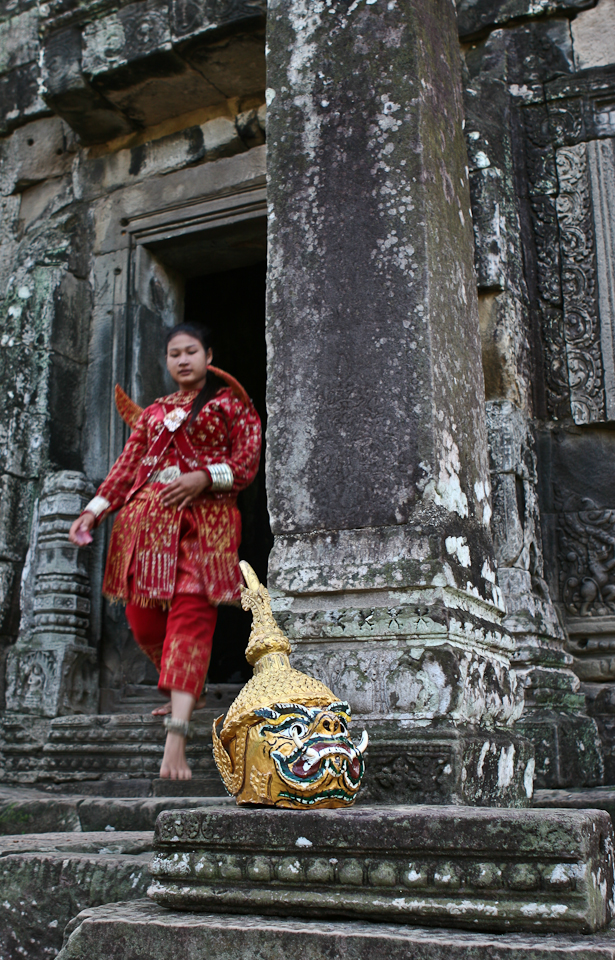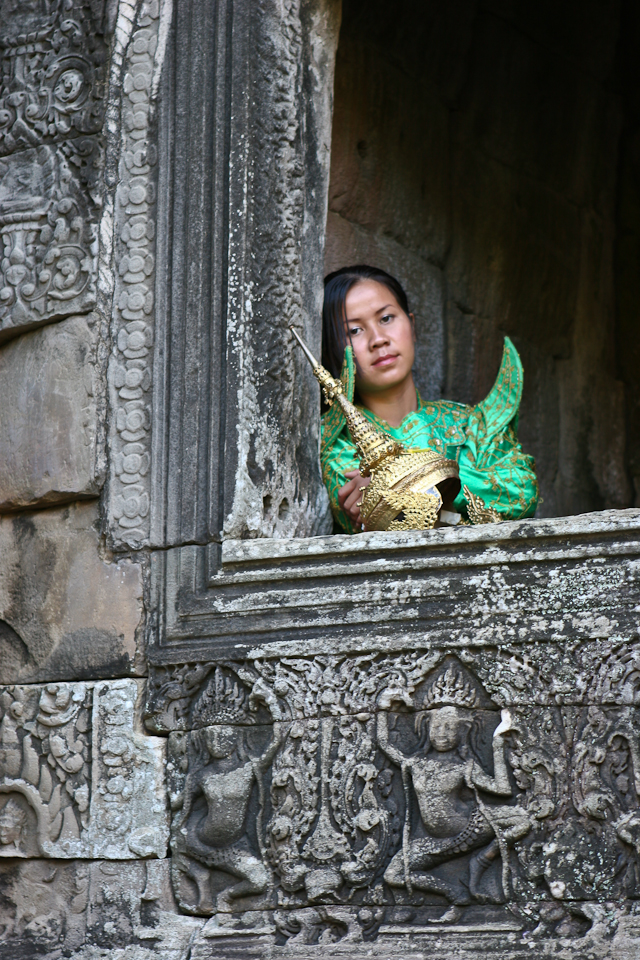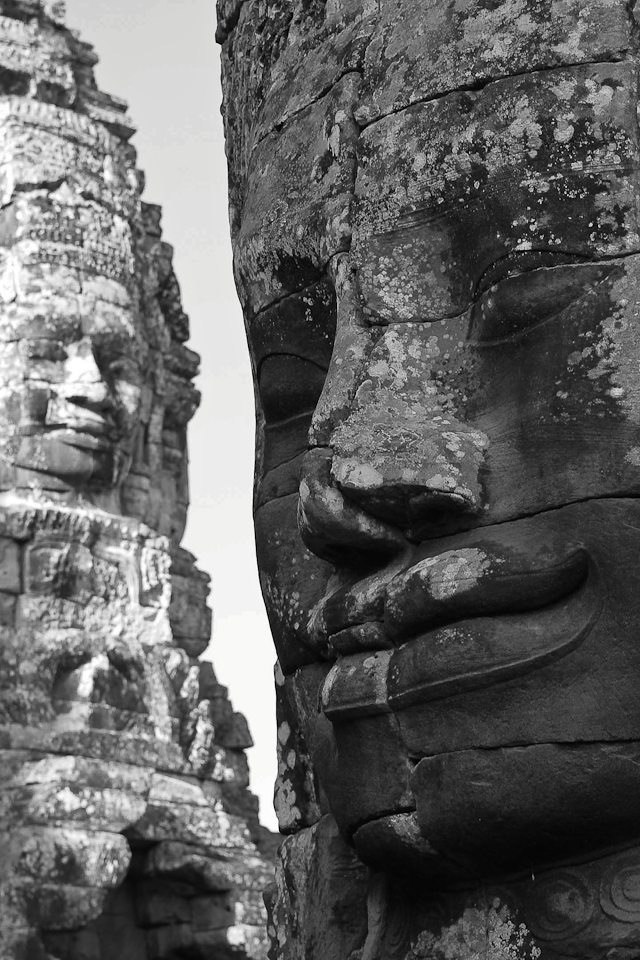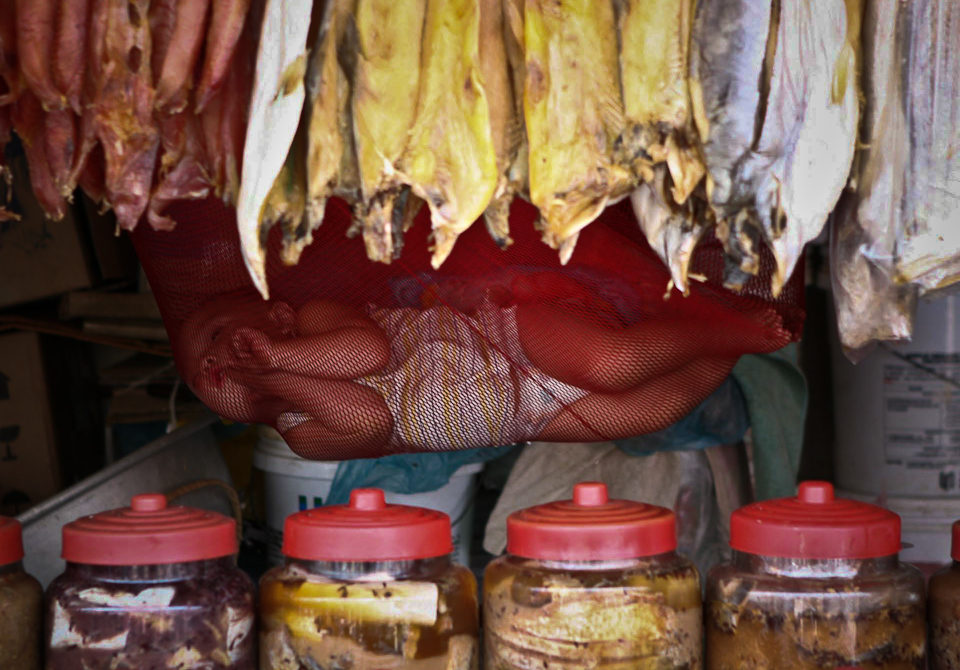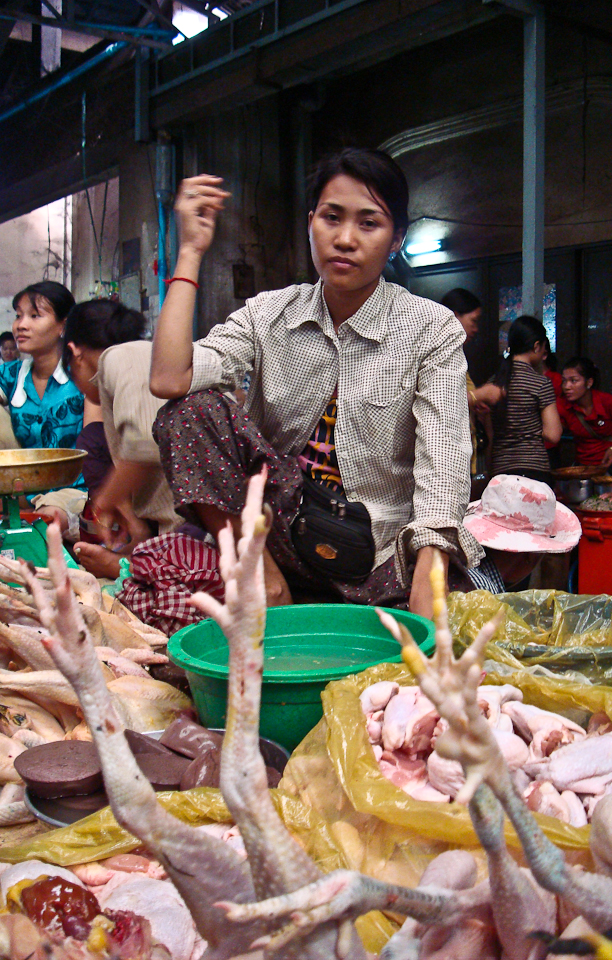New Books – Enchanting Asia Series
I am sure it could be said that my postings are infrequent and when they do appear are distinctly lacking in words. The truth is I’ve never really got with the blogging thing. And the reason is simple; I work for a living. I have always considered irrepressible blogging to be a sure sign that someone has too much time on their hands.
The reason for the scarcity of postings is that for the last few months I have been travelling the length and breadth of Laos, Thailand and Cambodia taking pics for books. Well, the fruits of my labours, words and images, are soon to surface in a bookshop near you…and on the web.
The books were commissioned by John Beaufoy Publishing in the UK as part of the ‘Enchanting Asia’ series. The hardback Thai edition will be co-published with Asia Books.
This brand new ‘Enchanting Asia’ series are pictorial visitor guides showing many of the main cultural attractions that a tourist visiting for a week or so might expect to see. The 190 images in each book are accompanied by an introductory text with an overview of the history, geography, culture, festivals, food and so on. The second section is of images with extended captions.

Here’s an overview from my forthcoming book, ‘Enchanting Laos’.
‘Few countries conjure up such a sense of mystery and intrigue in the traveller’s mind as mountainous, landlocked Laos. Regarded as Southeast Asia’s sleepy backwater for many years, Laos’ communist government ensured that the country remained closed to the outside world. Unconcerned by neighbouring Thailand’s dash for modernity, Laos resolutely moved at its own pace. When the door was finally eased open for travellers in the early 90s, it revealed a beautiful country with a fascinating culture and an ethnically diverse population. Today, Laos is well and truly awakening from its slumber. The capital, Vientiane, bustles with renewed energy, but many of Laos’ attractions lie beyond the capital, where the rural population still ekes out an existence as subsistence farmers, fishermen, market traders and merchants. For many in the countryside, little has changed, and that is part of Laos’ enduring appeal for visitors.’
Here in Asia the books will be available in Asia Books throughout Thailand and Monument Books in Laos, Cambodia and Mynamar from November 4th 2011. Of course they will also be available in Europe and the USA at all good bookshops. You can also order online at Amazon. They are the perfect Christmas gift!
I am currently working on Enchanting Myanmar, a project that I am particularly excited about as it is the most fascinating country in Southeast Asia.
